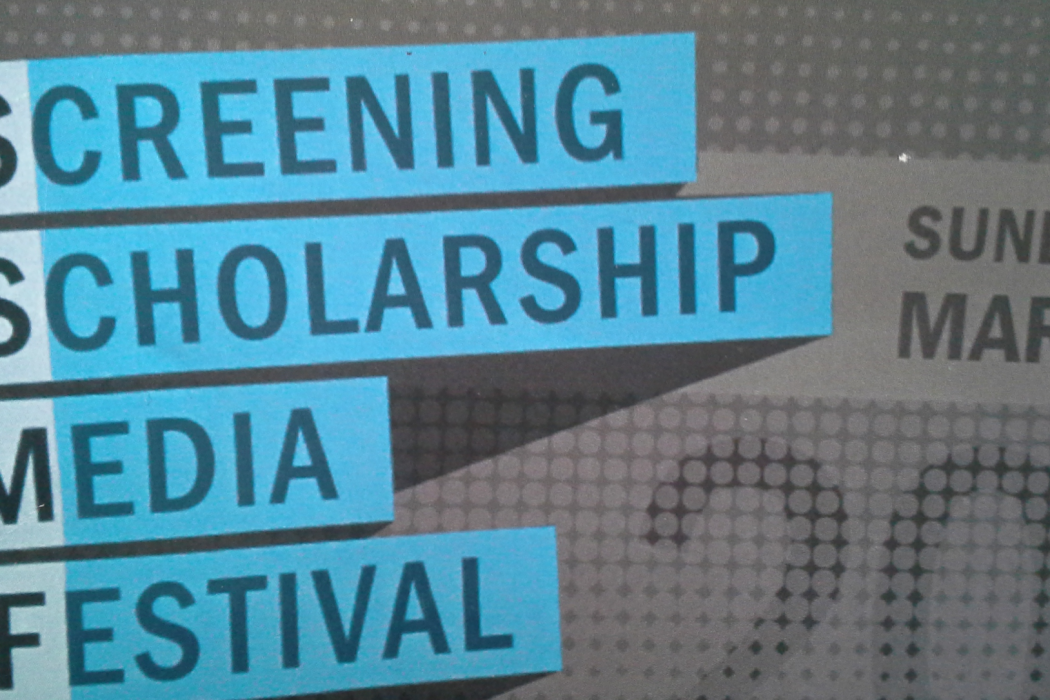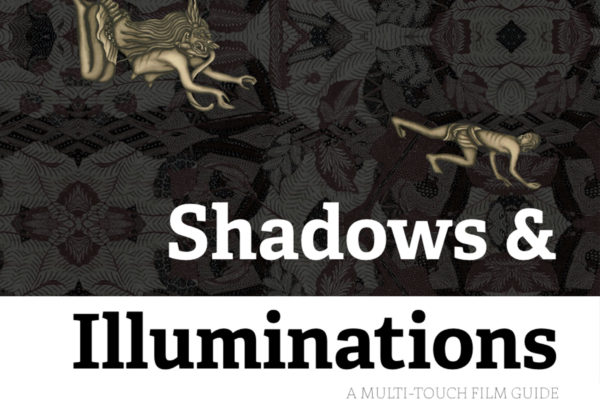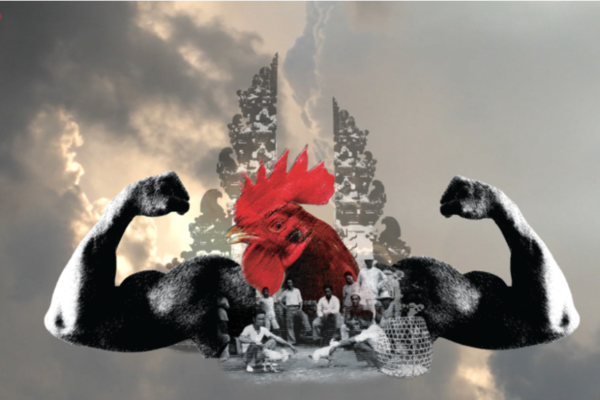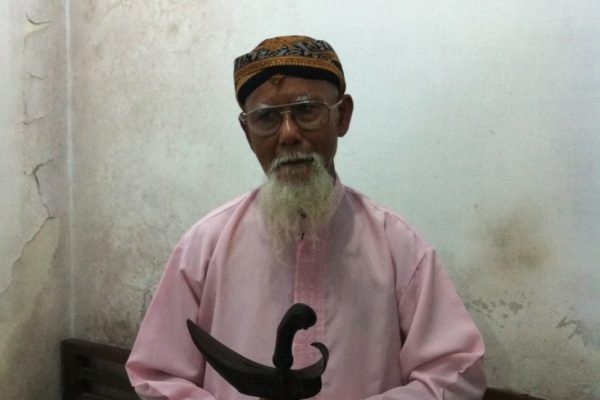(To read Part 1, click here).
What Can Multi-modal Ethnography Do?
So, to return to the questions of the conference: how can anthropologists tell our stories differently through images and sound than through writing? How do multimodal ethnographic methods change the methodologies—or even the idea—of research? Ultimately, the conference did hone in on certain things that multi-modal ethnography, and in particular ethnographic film, can do that the written word just can’t do.
1) Providing a sense of place.
In the discussion after his film, at one point John Bishop said, in effect, that no matter how excellent, theoretically sound, or ethically appropriate a written ethnography might be, it would be very difficult to recognize the place written about if you ever encountered it in real life. Whereas films, even imperfect films, introduce you to an environment so that if and when you ever encountered it in real life, you would then know where you are. You could think to yourself, “this is the town square, this is so-and-so’s house” and etc. You would be grounded, emplaced, in some ways already familiar with your surroundings.
This point, and its power, was made in many of the films I saw during the day, including those coming out of the Advanced Lab for Visual Anthropology and the La Mott Garden Precious Places project. If, as it is said, in good ethnography you come away feeling like you know a person, perhaps with a good ethnographic film you come away knowing a place. This will be particularly critical aspect of the work for projects, like those mentioned, that are concerned with people’s engagement with or rights to local environments and those projects that are invested in the health, safety, ownership, or outcome of a particular place.
2) Capturing the affective and embodied excesses of the subject.
In his talk, John Jackson Jr. juxtaposed Clifford Geertz’s idea of “thick description” with Roland Barthe’s “punctum” to wonder about the essential contributions of visual anthropology.
In bringing up “thick description” he reminded us of Geertz’s argument that there are things that images alone simply can’t do. A picture, or gesture, will not necessarily speak its “thousand words”: we can’t assume we understand what we are seeing. One of the key roles of written ethnography is to provide all the layers of context that ensures we don’t mistake a wink for a blink. Expansive interpretation is one of the crucial tasks of the field, and perhaps capturing this interpretive and contextual excess is one of the main goals of written ethnography.
At the same time, images may have an ineffable kinesthetic, sensory, or affective force that communicates what words can’t: this force is what Barthes called the “punctum,” which is the personally touching detail which “pierces” the viewer, establishing a direct relationship between the viewer and the object or person within the image. Perhaps this affective, embodied, multi-sensory power can only be captured through audiovisual formats.
3) Reaching a wider audience and “bridging the gap” between scholarship, other fields and disciplines, and the general public.
This is one of the most familiar arguments for the development of visual anthropology within the broader discipline especially because the general public, now more than ever, loves looking at moving pictures of almost anything.
One clear message the conference sent through its invited participants was that ethnographers themselves, and not just the media they use for data collection and presentation, must be “multi-modal.” Contemporary anthropologists must be comfortable wearing many hats to make their work matter to a wide cross-section of people. It is no longer enough to be a publishing anthropologist; it seems one must be an anthropologist-filmmaker-blogger, or an anthropologist-activist-artist, or an anthropologist-television host. Various discussions throughout the day addressed when these identities most easily merge, and when they might best be kept separate and how presenting oneself in different roles to your research subjects might impact your project.
On the one hand, this overlapping of professional identities and personal identifications makes perfect sense; you can’t necessarily disentangle ethnography from art from politics from poetics. In many ways artists, activists, and ethnographers often share values and methods, including a deep and textured understanding of the communities they are working in and with, achieved through observation, participation, talking and listening to people. On the other hand, I think the strongest works I saw at SSMF 2014—as fully-envisioned projects, as sources of information and education, as avenues to understanding and as engaging aesthetic objects—were those where the ethnographic method remained visible, tangible, and trace-able in the work. It also seems to me that, therefore, it is actually the most obviously “ethnographic” work that seemed best poised to bridge the gap between the academy and the real world.
By looking at a variety of projects over the course of the conference, it became clear to me that creating successful multi-modal presentations requires mobilizing a set of tried-and-true tools taken from traditional ethnography and video-making. These projects at the intersection of anthropology and new media don’t require getting lost in a thicket of theory, sidetracked by media’s experimental potential, or mired in a circular loop of reflexive subjectivity, but work best when focused on ethnography’s mission and promise: to put simply, providing an emic view of diverse human experiences. To do this, one does need to master the tools and skills of the trade, but clearly articulated ideas executed well have a lot more impact than complicated or overly self-conscious ones.
Additionally, I would venture that just because a particular project is based on one’s personal experience of doing ethnographic research, doesn’t necessarily make it “ethnography” or “research” per se. Ethnographers have often explored memoir or novel writing aside from their more scholarly work, and the field has been increasingly open to new forms of more personal ethnographic writing, however I think it’s worthwhile to draw some lines in the sand, and to determine when something stops being ethnography and when it starts being performance research, an interactive art installation, or something else. This distinction doesn’t have to be in any way hierarchical, but I think if we are looking for more “spaces” to show our work such as SSMF 2014 strove to provide, it will help find the most appropriate venue, the most receptive and responsive audiences.
Ultimately, I applaud the folks at Camra for pulling together ethnographers, artists, video-makers, and activists from diverse backgrounds making all kinds of work, and for providing the opportunity to put their films and perspectives in conversation with one another. The Festival is sure to grow in the coming years and the Visual Anthropology community should remain aware of the event and the trajectories of its participants in the near future.






